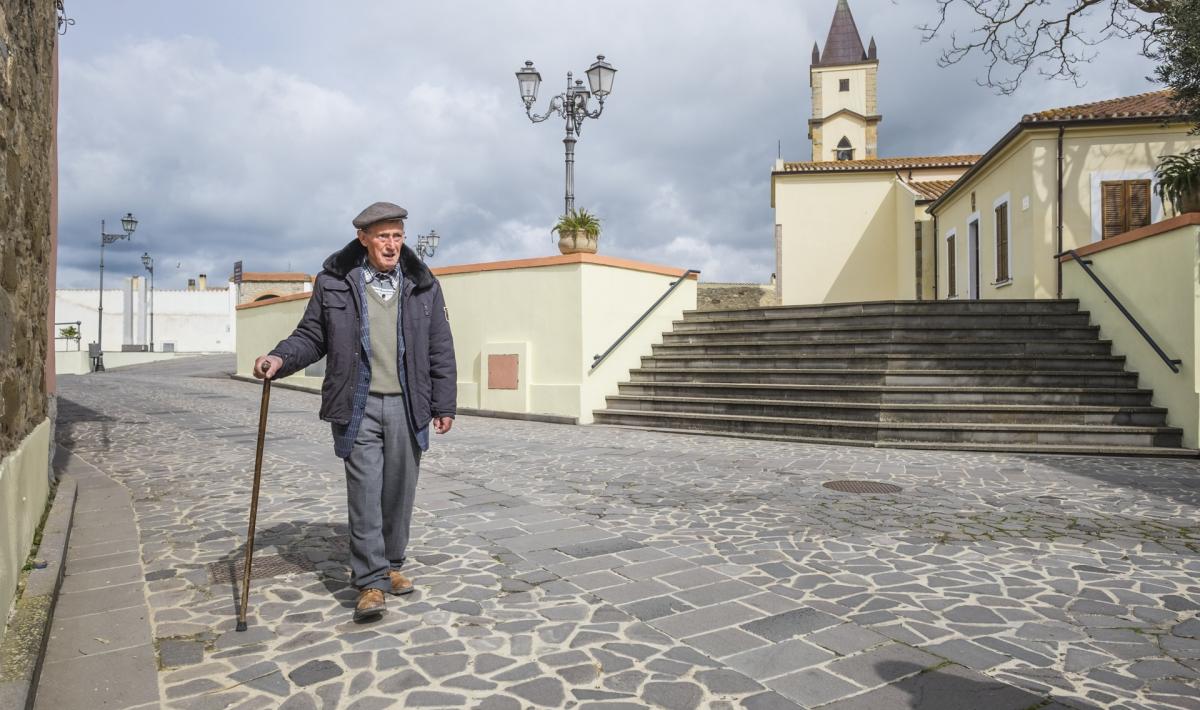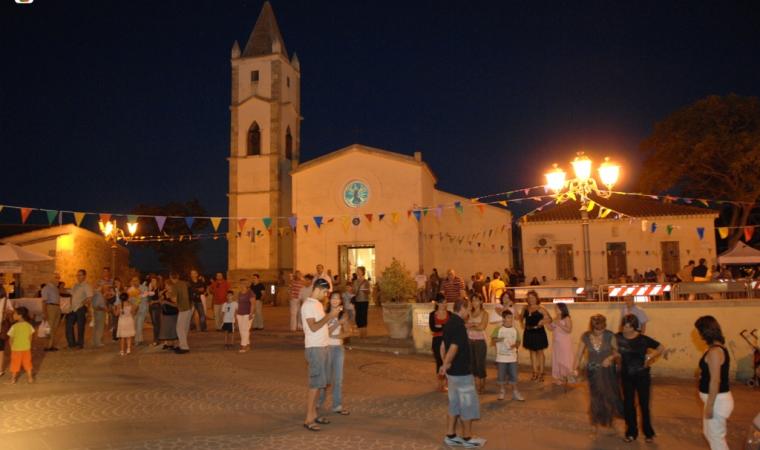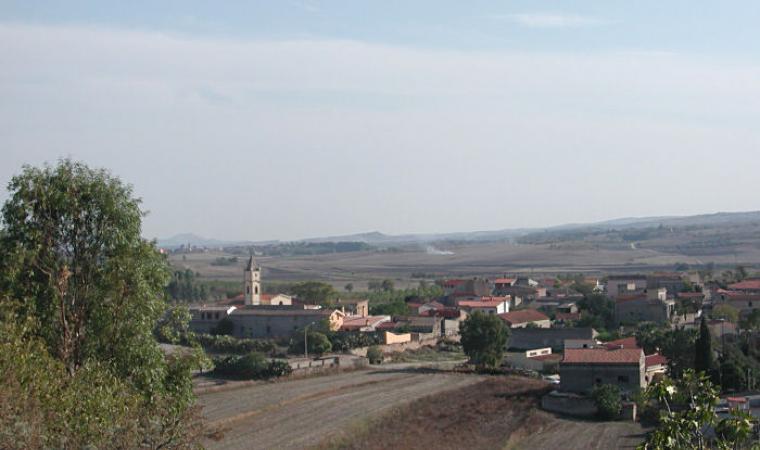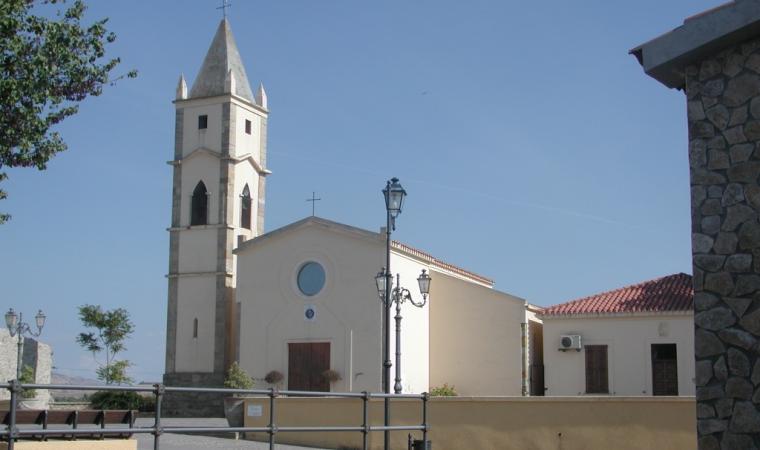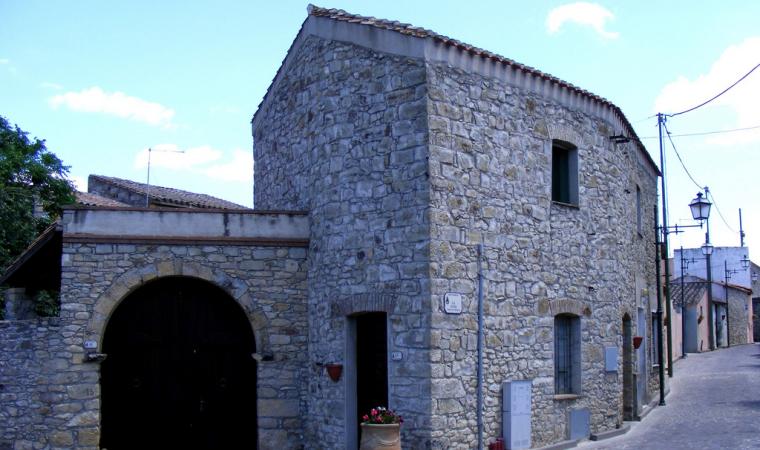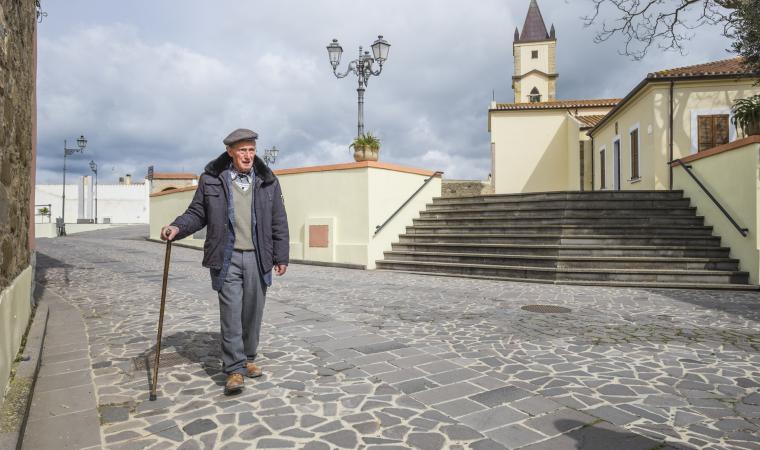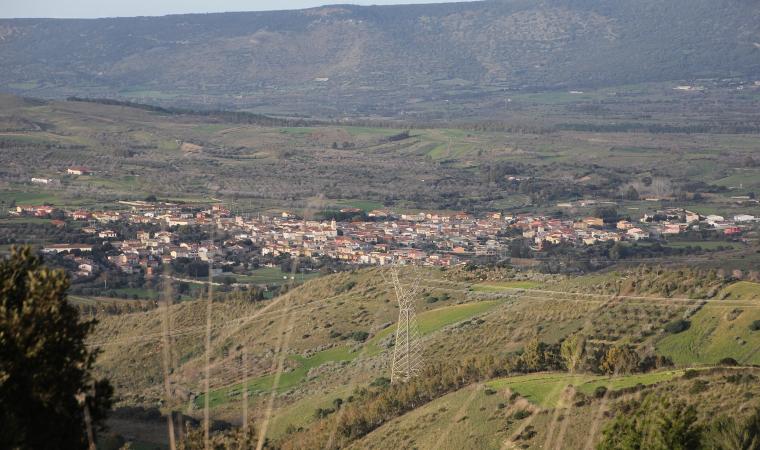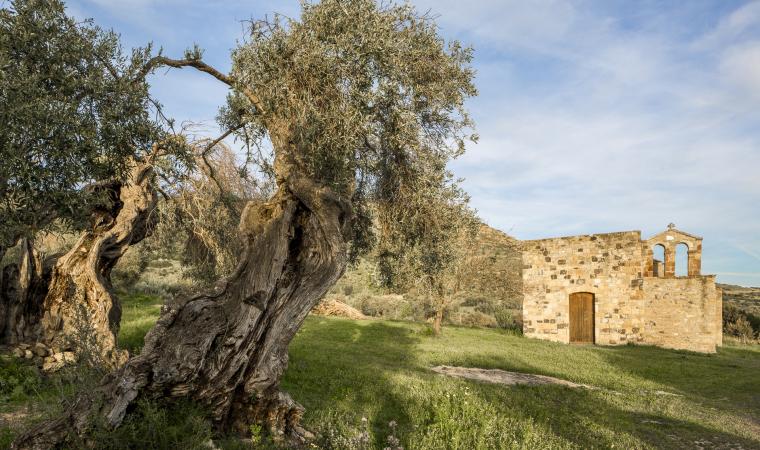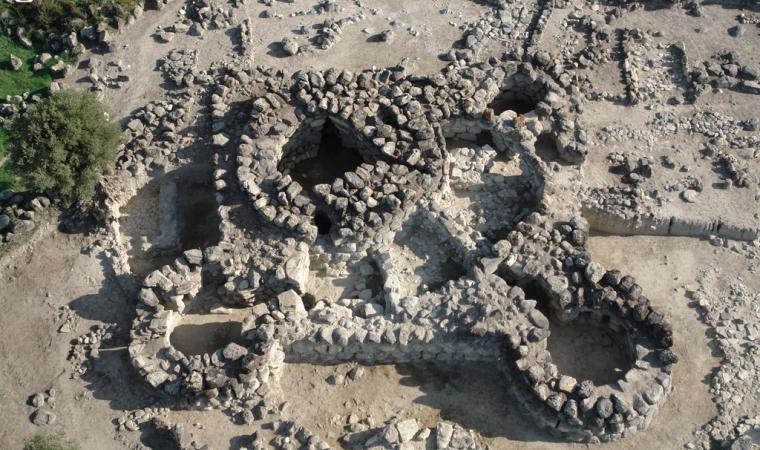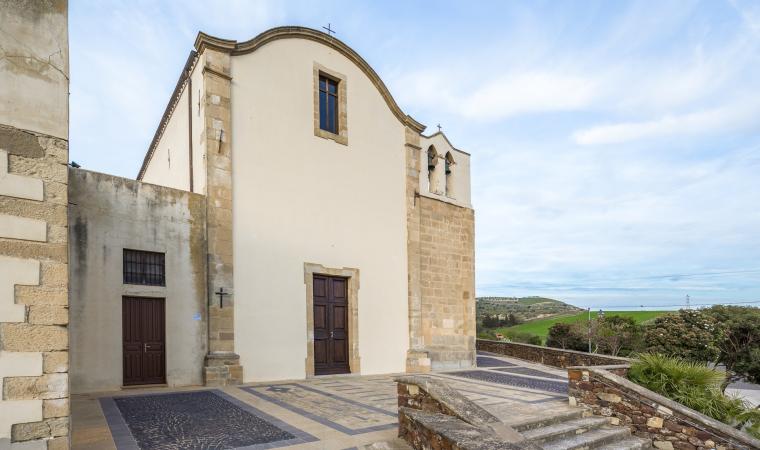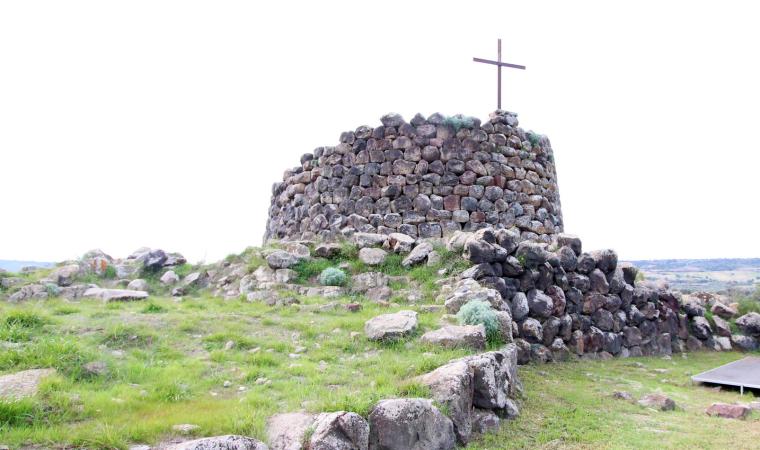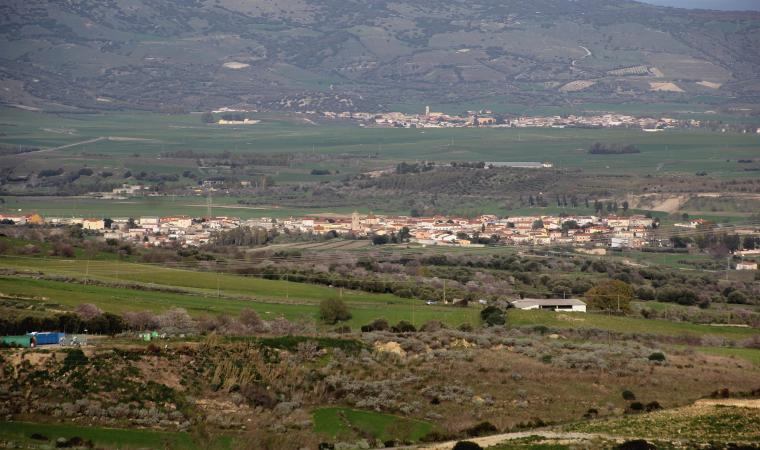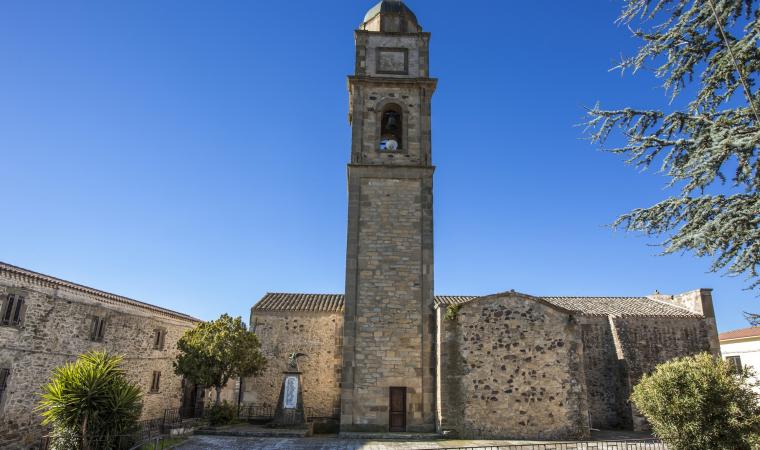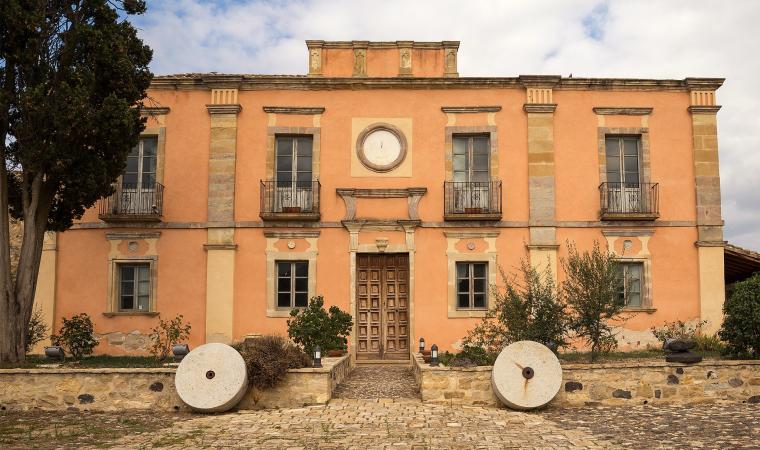Famous for being the Municipality with the smallest population on the Island and one of the least inhabited in Italy, its traditions and natural and archaeological treasures remain unaltered. Baradili is a little village in the Oristano area and has fewer than one hundred inhabitants (with a birth rate close to zero), located near the Giara, in the Marmilla hills, surrounded by vineyards, olive groves and almond orchards, from which excellent wines, oils and cakes are obtained. Its appearance is that of a medieval village with numerous ancient houses 'with courtyard' - among which, the grain bank and the Casa Usai and Casa Lavra houses - and it risks becoming a ghost village in a few decades. In 1927, it was annexed to the bordering Municipality of Baressa, but since 1958 it has been autonomous once more. The first written document acknowledging Baratuli is dated 1342, but its origin probably dates back to the Roman period, traces of which have been found in various areas. In particular, in Cibixia, there are the foundations of a large building, divided into 25 spaces, perhaps used as baths. Several tombs were also found, containing urns and oil lamps.

